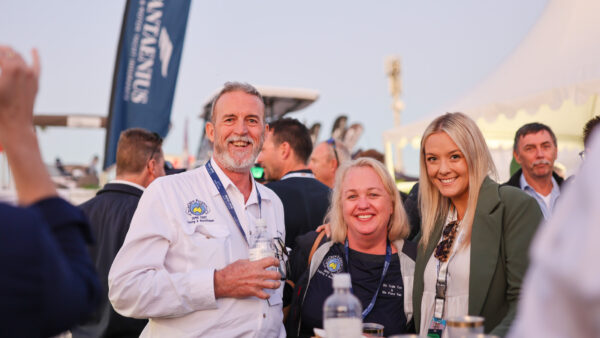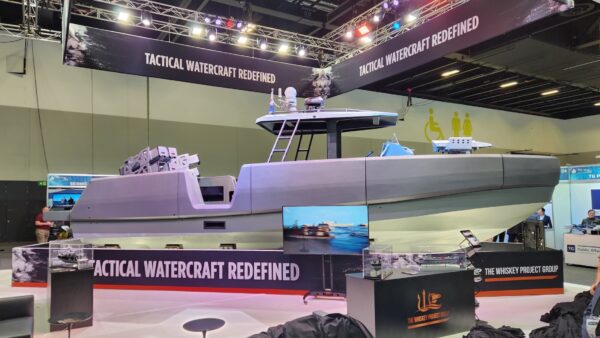As of 1 January 2016 vessels are no longer able to discharge ballast in US waters unless their ballast water treatment (BWT) systems are compliant with stringent demands from the USCG. Experts believe that now, more than ever, it is imperative that shipowners make the right BWT choice. “There’s so much confusion surrounding the issue of ballast water treatment now,” opines Optimarin CEO Tore Andersen, the head of a firm that brought the first ever commercial BWT system to market back in 2000. “The IMO Ballast Water Management (BWM) convention is close to ratification, but yet to be rubber-stamped, and meanwhile the USCG has taken the bold move to act unilaterally to protect the environment with its own regulations. “So let’s cut through that uncertainty and state a fact: All shipowners that discharge ballast must get a BWT system, preferably an environmentally friendly one, if they want their ships to operate in the future. “And, if they want to sail in US waters, then they must act now.”
Two standards, one answer The fact that there are effectively two sets of regulations regarding BWT standards has muddied the waters for shipowners, making it difficult to find the solution they need. Classification societies are well aware of this, but aren’t as keen to go on record to explain the situation. An environmental solutions expert at one of the world’s leading classification bureaus agreed to speak, but only on the condition of anonymity. “Ballast water gets by far the most questions of any issue we deal with,” they note with a smile, “and it’s easy to understand why. “There’s a major difference between USCG and IMO regulations. Basically this centres on standards. “USCG judges (BWT) systems on the basis of ‘living/dead’ organisms in ballast water, whereas IMO views them in terms of ‘viable/unviable’. In other words, for USCG approval systems have to kill the organisms, while for IMO they don’t, but must ensure they don’t reproduce. “USCG tests this using the FDA/CMFDA method, which uses a dye to identify living organisms, while the IMO does not list one specific methodology.
The MPN (Most Probable Number) test is the norm here, having been used for almost 40 years, but procedures vary from laboratory to laboratory. This is an issue for USCG – it wants a simple, reliable and reproducible testing method. “Until this is established, and there are hurdles in doing so, both with validation and law making, FDA/CMFDA will remain the USCG standard.” No alternative Some may now be feeling lost in a sea of abbreviations. So, here’s the lowdown – USCG regulations are much more exacting. Which means fewer systems will make the grade. For the time being USCG is temporarily accepting the use of Alternate Management System (AMS), whereby vessels with solutions that have already been approved by another flag state can discharge ballast in US waters. However, USCG approved AMS systems will only be accepted for a period of five years after the vessel’s compliance date, and, if they haven’t met the USCG’s own stringent standards by that point, will have to be changed. That burden of potential cost and uncertainty is not one today’s shipowners, operating in a climate of squeezed margins and aggressive competition, may be willing to accept. They need to be sure. Unfortunately, the systems that many industry observers seem to prefer for their simplicity, ease of operation and environment credentials (utilising no chemicals) are struggling with USCG approval. “UV systems are easy to operate, don’t require chemical storage and are a good option for the industry,” opines the classification specialist. “But caution is needed.” They explain that the majority have been made with the ‘viable’ standard in mind and therefore lack the power – “and you might require a lot more power” – to tackle the tougher FDA/CFMDA test.
Source: BYM Marine and Maritime News


